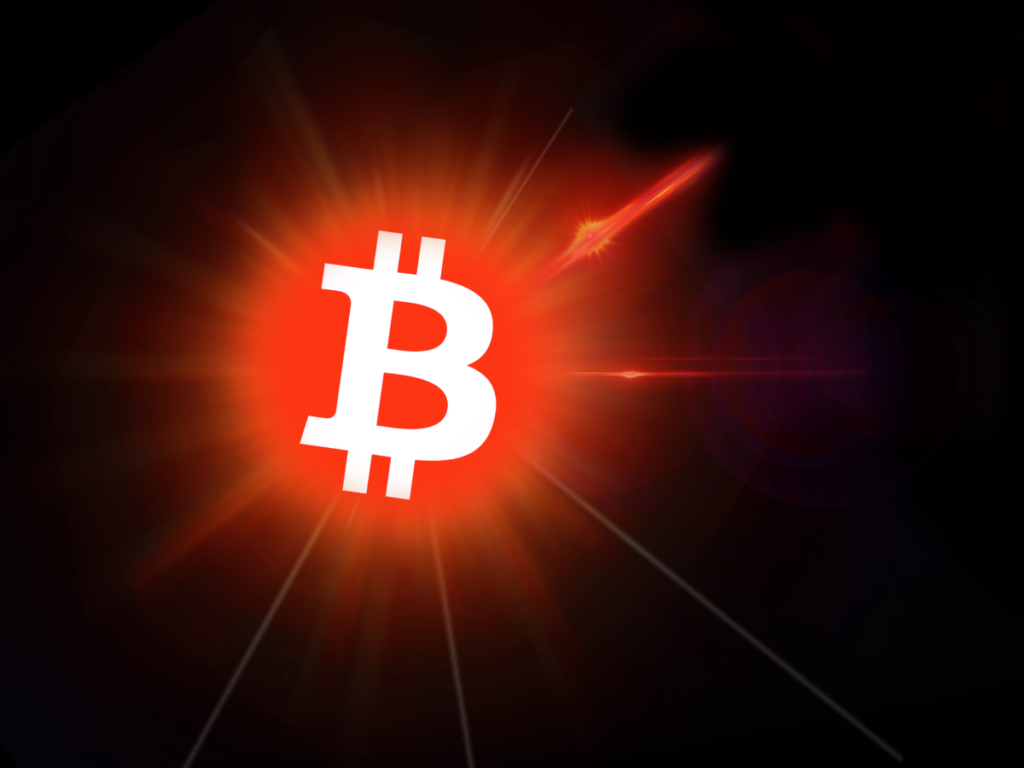Brazil aims to boost tech adoption for digital real and cryptocurrencies like bitcoin, marking modest progress without a major breakthrough.
Brazil is attempting to advance the use of technologies for the digital real as well as for cryptocurrencies like bitcoin. For the time being, these are only modest advancements rather than a true breakthrough.
Allowing tokenization to occur
Being receptive to tokenization is the first real step forward.
Indeed, Daniel Maeda, Superintendent of Institutional Investor Supervision at Brazil’s Comissão de Valores Mobiliários (CVM), has stated that the regulator will investigate the establishment of a new regulatory sandbox tailored to tokenization use cases.
In 2024, Maeda predicts that Brazil will introduce a second regulatory sandbox programme devoted to tokenized assets. This would come after the country’s first successful experience in this area, which permitted the tokenization of approximately USD 36 million worth of assets.
The VCM has been persuaded to design a second sandbox, which will concentrate on investigating some specific use cases in the agribusiness and ESG sectors, as a result of this great experience, which was inaugurated in May 2022.
Infrastructure and regulation
Maeda himself disclosed that the implementation of new crypto rules by the Central Bank and the so-called Drex might lead to a considerable evolution of the Brazilian crypto sector in the upcoming year.
To be more specific, the Central Bank created the Drex digital currency infrastructure, which will enable payments to be performed solely using blockchain technology.
Maeda claims that Drex will revolutionise the tokenization market by removing many of the obstacles that impede entry and exit from the cryptocurrency space, especially when it comes to exchanges of fiat currencies.
Rather, with this new infrastructure, financial transactions—including exchanges of fiat currency—will be able to occur wholly in cryptocurrency, faster, and with a wider variety of goods. All of this might even result in a very positive regulatory moment and a reevaluation of the foundation of financial products.
The conflict involving the SEC
Maeda spared no insults against the US SEC.
He went so far as to say that, although he really admires the US regulator, he believes the VCM is more innovative since it has concentrated on the advantages of the cryptocurrency market rather than its drawbacks.
He specifically mentions tokenization, but he also alludes subtly to the SEC’s harsh actions against cryptocurrency businesses.
For instance, the so-called Resolution 187 of the CVM permitted mutual funds to allocate up to 10% of their net assets to cryptocurrency investments.
An intervention that concentrates on technical concerns would be less risky because, according to Maeda, investors and retail speculators pose the biggest hazards in the cryptocurrency business.
Beyond virtual currency: Brazil’s embrace of cryptocurrencies
In Brazil, the use of cryptocurrencies is growing right now.
In fact, the country’s central bank has declared that rules in this domain will be more stringent, especially with money laundering and tax evasion.
A legislative framework outlining the distinct functions that the nation’s central bank and the CVM had to perform in overseeing digital assets was also signed by President Lula in June.
Thus, while there appears to be a difficult-to-stop mass migration to the cryptocurrency world, government authorities appear to be attempting to control it rather than put an end to it.
Brazil’s interest in bitcoin and the digital real
The introduction of a native digital form of the national currency, the Brazilian real, is also a topic of discussion in this context.
Since China and Nigeria, two of the most well-known ongoing experiments in the globe, have not produced positive outcomes, the creation of new CBDCs has, to be honest, slowed down somewhat.
With a view to the future release of a digital real, the Drex, which is anticipated to be operational by the end of the year, may undoubtedly provide significant technological assistance. However, the actual issue is not technological.
The primary hindrance in China and Nigeria, for instance, has been the public’s perception of the eNaira, or digital yuan.
Nonetheless, it appears that the Brazilian VCM’s strategy has considered these issues and is primarily focused on the strictly technical use of a Brazilian CBDC.
This strategy was really devised by South Korea, which chose to concentrate on the interbank use of a digital currency issued by the central bank and temporarily halt testing of the retail digital won.
While concerns about the privacy of citizens’ financial transactions will likely continue to be the principal obstacle to the widespread implementation of CBDCs at the retail level, this issue is nonexistent amongst banks.

Brazil: Digital reality, cryptocurrency, and bitcoin
It is now clear that all of this will eventually help people use Bitcoin and other cryptocurrencies.
Furthermore, from this perspective, adoption is already rising in Brazil; if the institutional and legal framework continues to be permissive while maintaining clarity, adoption will only continue to rise.
Though it’s true that platforms like Drex may prove to be formidable rivals to some cryptocurrency platforms, Digital Real will never be able to compete with bitcoin, just as no other CBDC can.
Since CBDCs are only digital renditions of traditional fiat currencies, they ironically compete with the outdated, inherently non-digital fiat currencies.
Rather, reducing the amount of friction associated with transactions between cryptocurrency markets and fiat money could prove to be highly beneficial for the growth of the cryptocurrency markets themselves.











